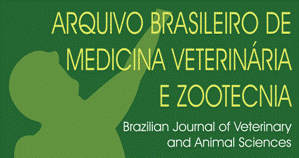A peribulbar block technique was developed and its clinical efficacy was compared with neuromuscular blockade in dogs undergoing cataract surgery. Twelve dogs of different breeds were randomly and equally allocated in two groups. After given acepromazine (0.05mg/kg, IV), anesthesia was induced with propofol (5mg/kg, IV) and maintained with isoflurane in oxygen during spontaneous breathing. A peribulbar block with 0.75% ropivacaine was performed in G1 dogs while partial neuromuscular blockade with pancuronium (0.01mg/kg IV) was provided in G2 dogs. Globe position scores, oculocardiac reflex, and intra-ocular pressure (mmHg) were evaluated at pre-defined intervals during surgery. Peribulbar blocks were successful performed according to posterior peribulbar block described in humans. In both groups, the globe was centralized and globe position scores did not differ between groups. The intra-ocular pressure was significantly lower in G1 after the block (10.7±0.6 vs 14.7±0.6). There were no electrocardiographycal changes attributed to the oculocardiac reflex. In conclusion, satisfactory surgical conditions were provided by the peribulbar block. This technique can be used as an alternative to the use of neuromuscular blocking agents in dogs undergoing cataract surgery, with the advantage of providing analgesia of the eye.
dog; peribulbar block; ropivacaine; pancuronium bromide; cataract surgery





